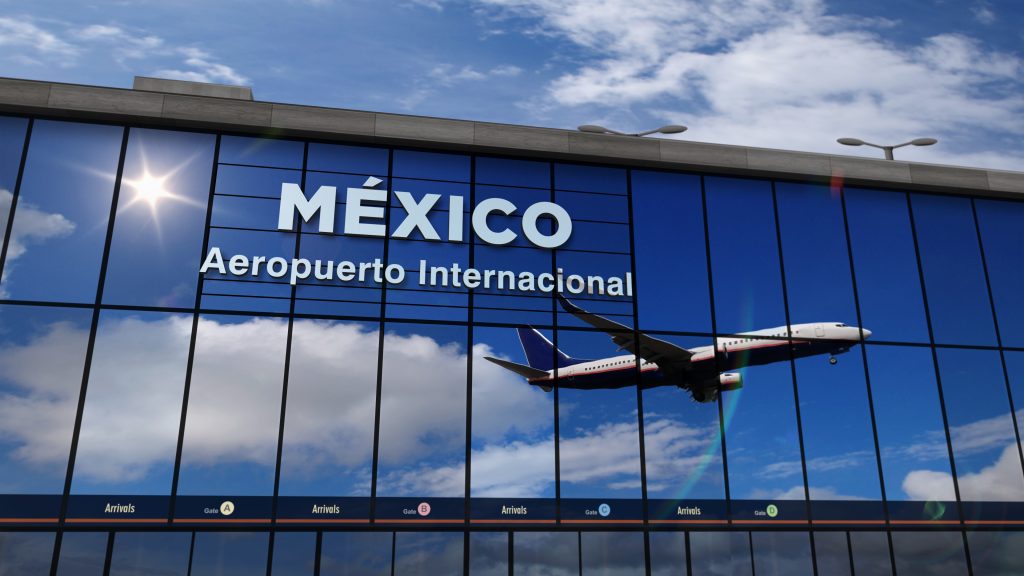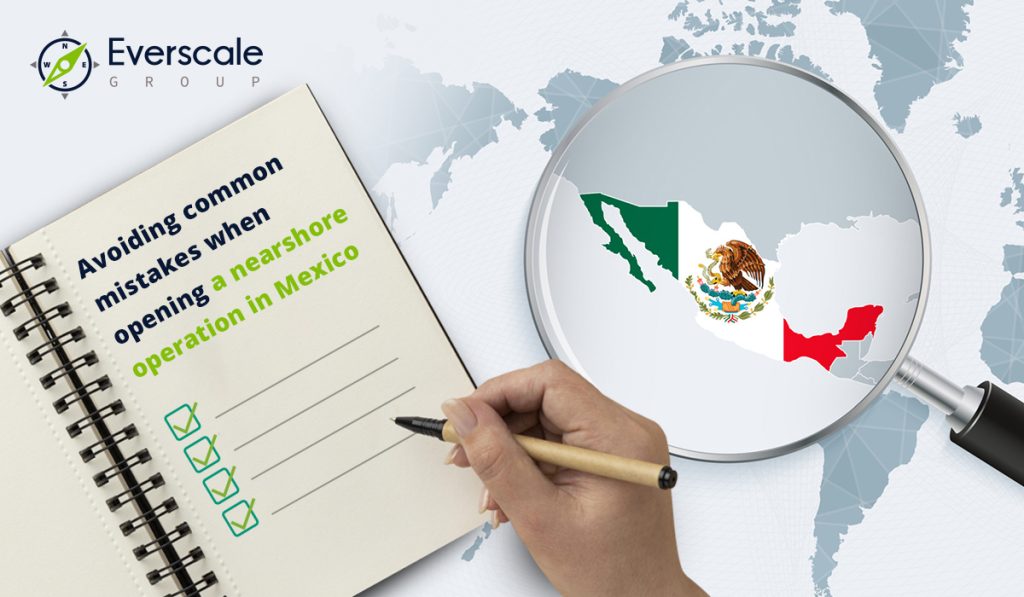Why Mexico for Global In-House Capability Centers and the new Regional Multi-function Offices
So, your tech company is evaluating opening a GCC office in Mexico for nearshoring. But before you dive in, the question of how to open a business in Mexico arises, as well as what else you should consider regarding business incorporation. Exploring why Mexico for nearshoring could provide valuable insights into your decision-making process










